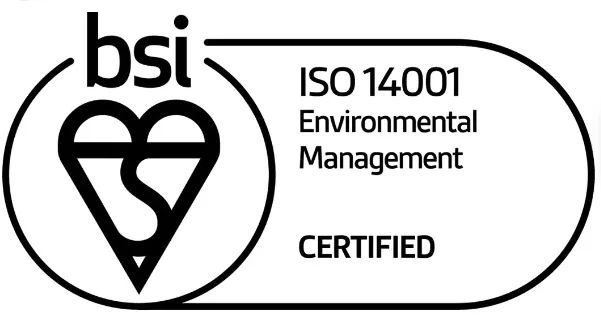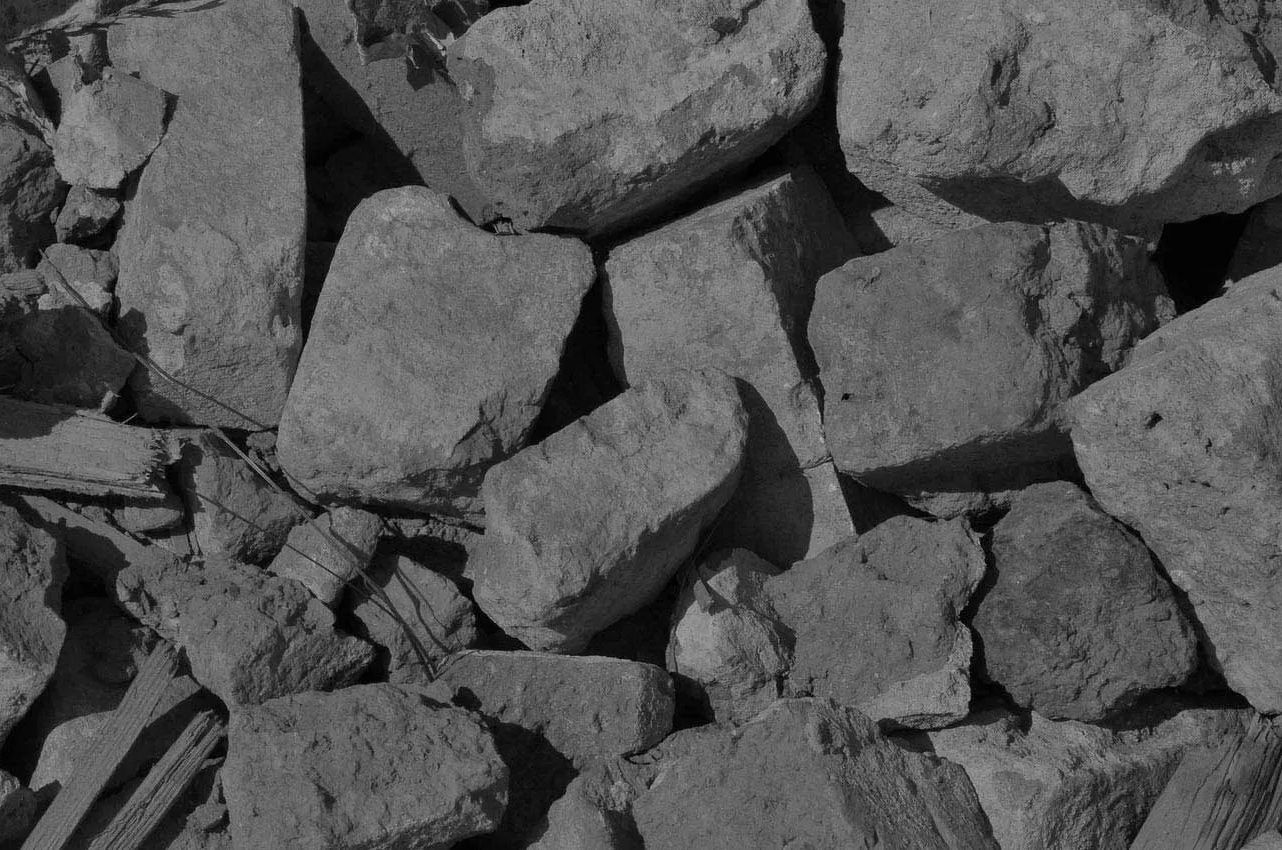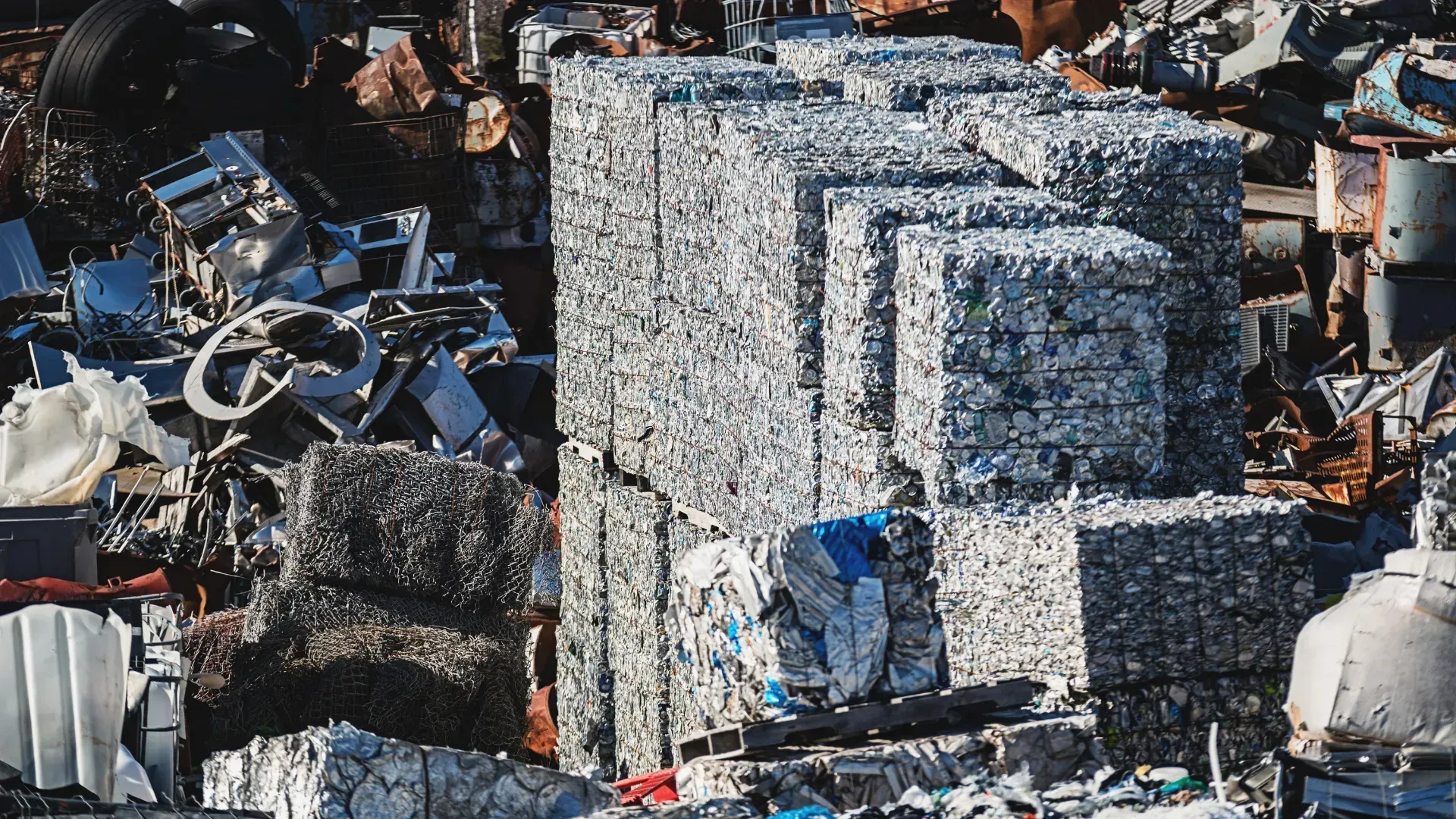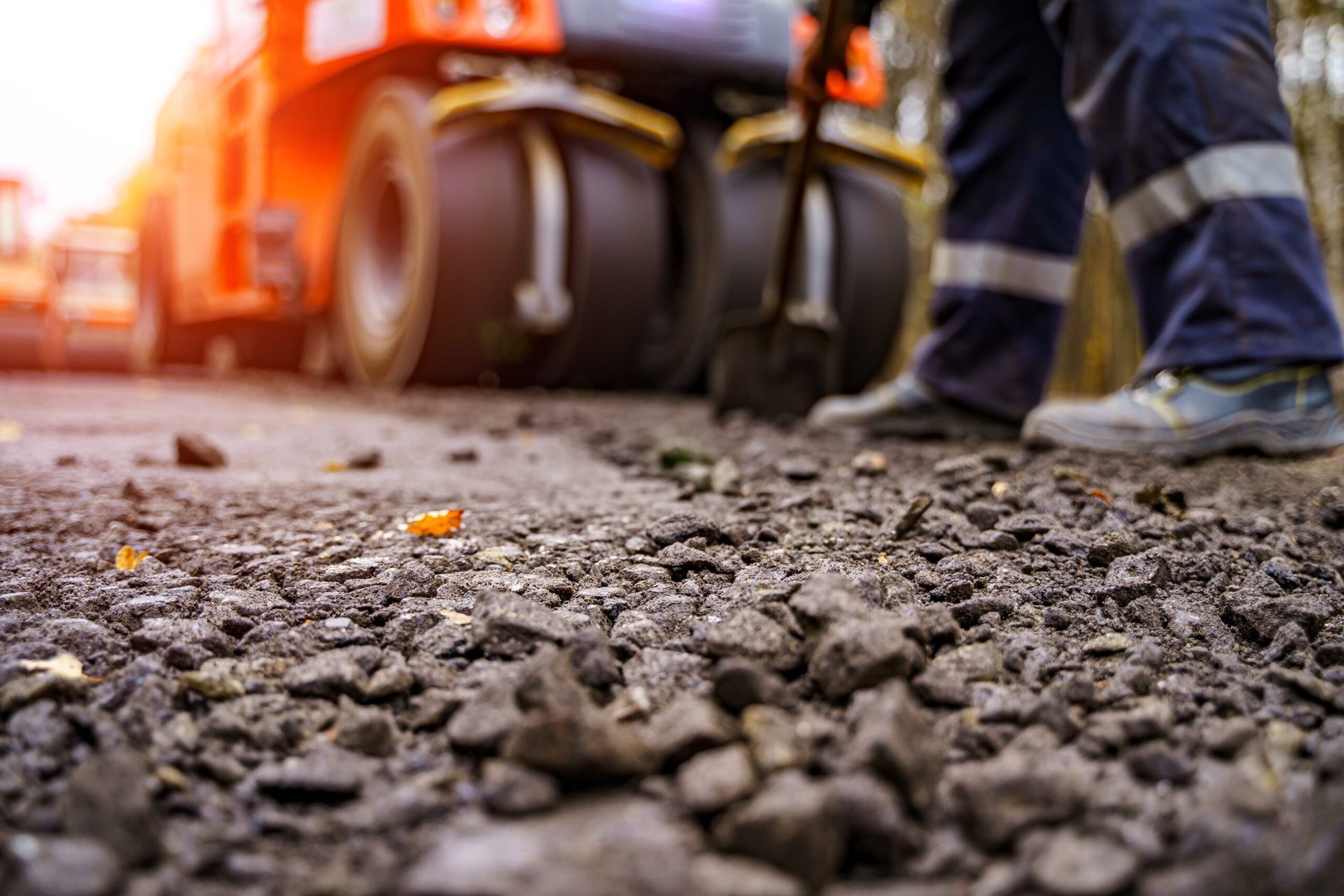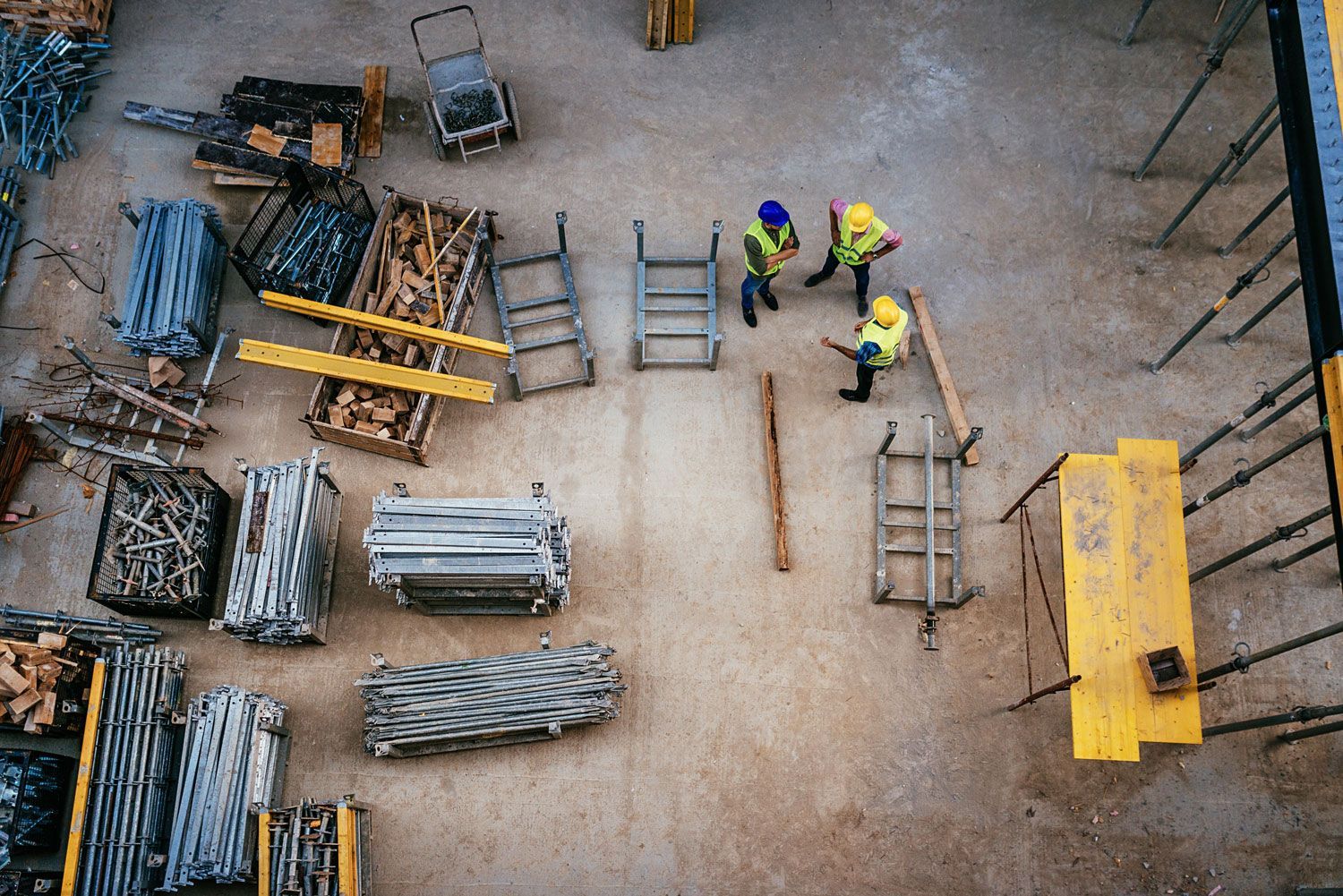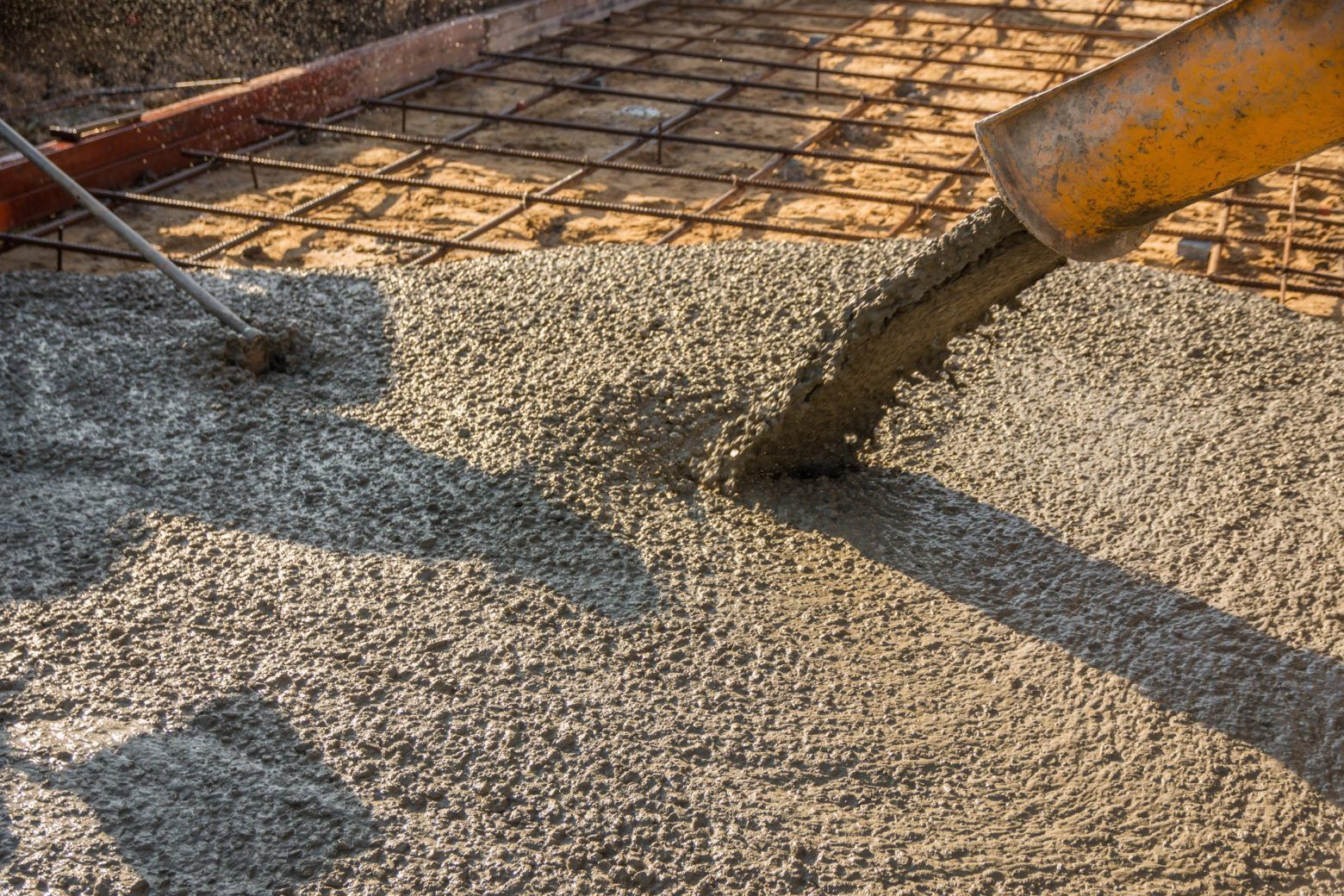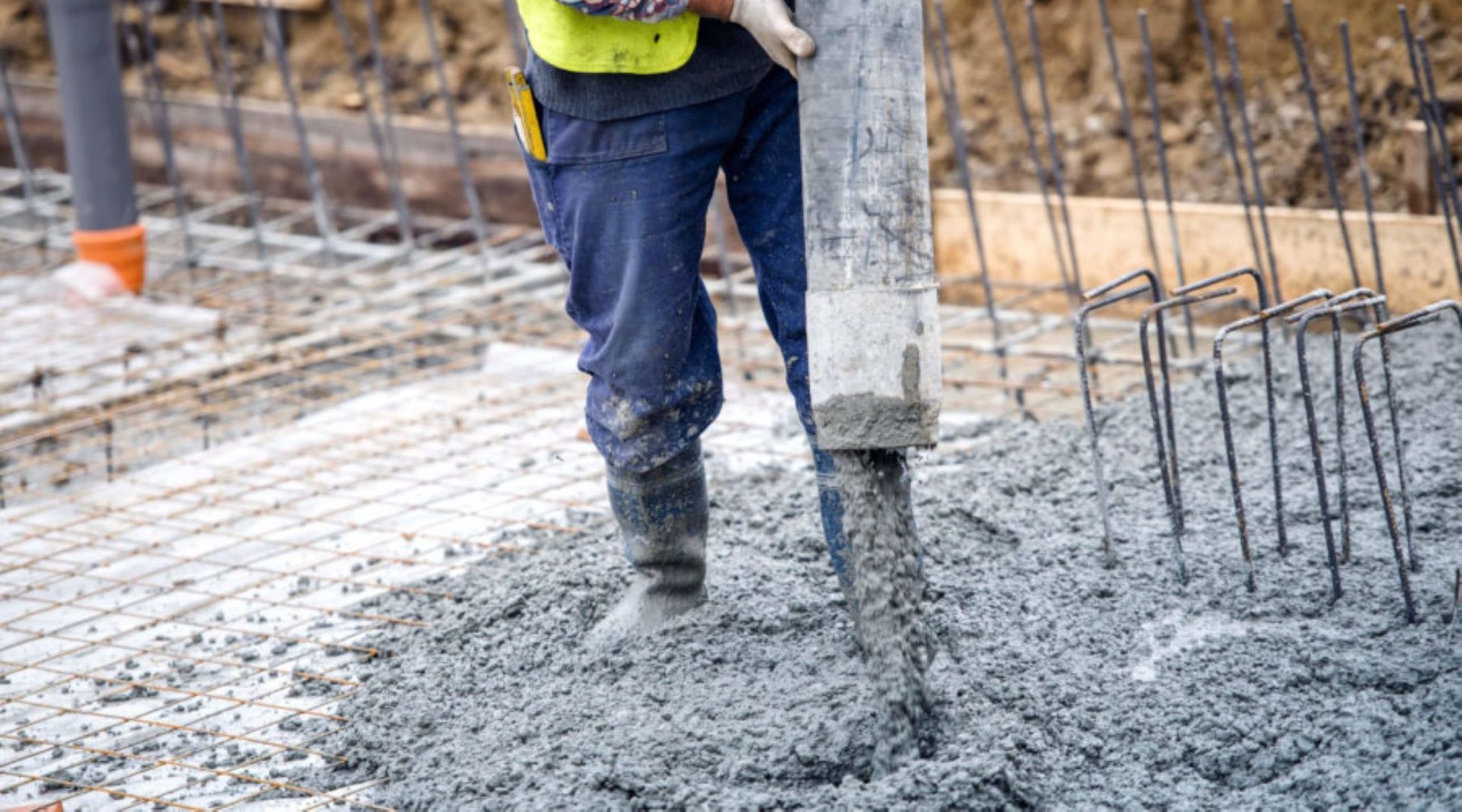Simple Steps to Reduce Your Carbon Footprint at Home
Reducing our carbon footprint is essential for combating climate change and creating a sustainable future. While large-scale efforts are necessary, individuals can also make a significant impact by adopting eco-friendly practices in their own homes. In this blog, we will explore various actions you can take to reduce your carbon footprint and contribute to a greener planet.
Energy efficiency
Improving your energy efficiency will help reduce your individual carbon footprint:
● Replace traditional incandescent bulbs with energy-efficient LED lights - LED bulbs consume less energy and have a longer lifespan.
● When not in use, unplug chargers, appliances, and electronics. Even when turned off, they continue to draw energy.
● Set your thermostat to save energy. Lower the temperature during winter and use fans or natural ventilation instead of air conditioning during summer.
Sustainable transportation
Whenever possible, opt for walking, cycling, or using public transportation instead of driving a car. This reduces carbon emissions and promotes a healthier lifestyle. Share rides with friends, neighbours, or colleagues when commuting to work or running errands. Make sure you regularly service and maintain your car to ensure it runs efficiently - proper tire inflation, regular oil changes, and air filter cleaning can improve fuel efficiency.
Waste reduction and recycling
Try to minimise the use of single-use plastics like bags, bottles, and straws. Instead, opt for reusable alternatives such as cloth bags, stainless steel bottles, and bamboo or metal straws. You could also start a composting system for food scraps and garden waste - composting reduces the amount of organic waste sent to landfills, where it produces harmful greenhouse gases. Make sure you familiarise yourself with local recycling guidelines and ensure that you separate recyclables correctly. This means that materials are diverted from landfills and can be turned into new products.
Water conservation
Repair any leaky taps, toilets, or pipes in your home, as a dripping tap can waste a significant amount of water over time. You can use low-flow showerheads, taps, and toilets to reduce water consumption - these fixtures help conserve water without affecting functionality. Consider installing a rain barrel to collect rainwater for watering plants and gardens. This reduces the need for tap water and conserves this valuable resource.
Sustainable food choices
Choose locally sourced and seasonal produce whenever possible. This reduces the carbon emissions associated with long-distance transportation. Incorporate more plant-based meals into your diet - it’s important to remember that animal agriculture is a significant contributor to greenhouse gas emissions, so reducing meat consumption can have a positive impact on the environment. Plan meals, store food properly, and use leftovers creatively to minimise food waste - wasted food in landfills produces methane, a potent greenhouse gas.
Here at William Thompson & Son, environmental preservation is an issue that’s close to our heart. We provide recycled aggregates as a means of minimising the environmental impact of our quarry. Recycled from construction projects, secondary aggregates are a cheap and eco-friendly solution to your building and groundworks needs. Please
get in touch today to find out more about our sustainable landfill services.

